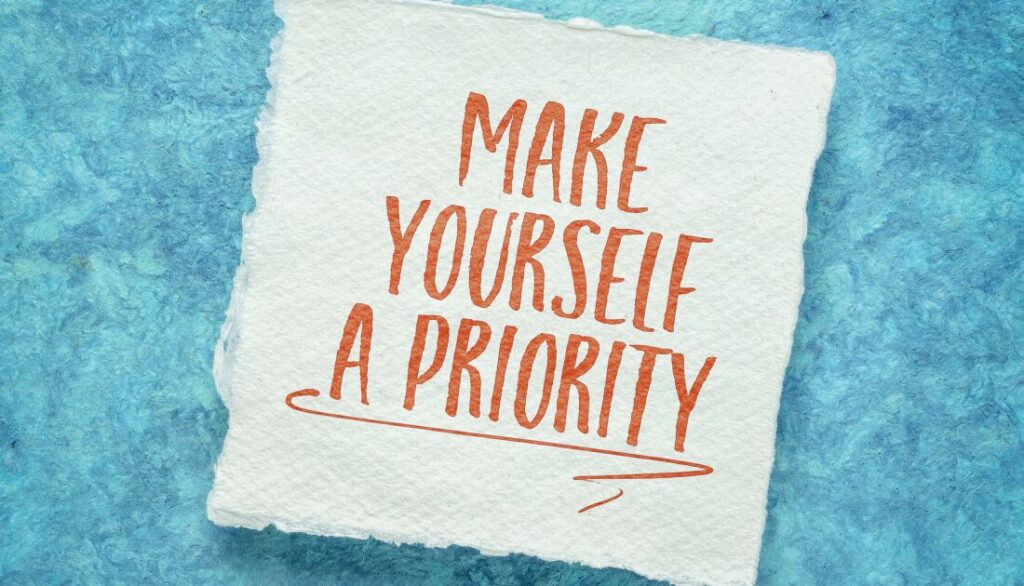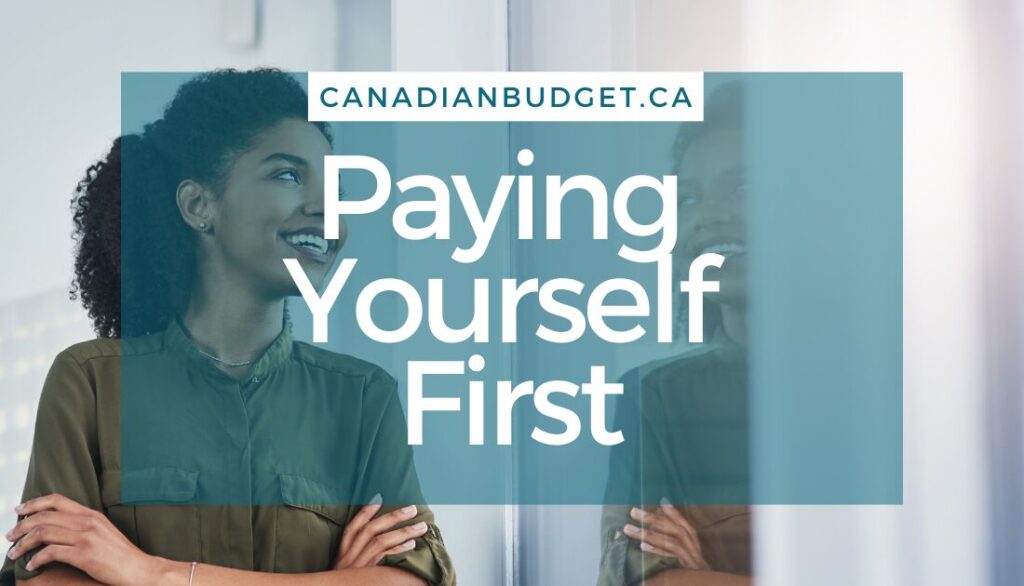Taking control of your financial future starts with a simple yet powerful concept: paying yourself first. Shifting your money mindset from ‘save after spending’ to ‘save before spending’ can drastically improve your financial situation. By prioritizing saving and investing before any other expenses, you can break free from the cycle of paycheck-to-paycheck living and accelerate your progress toward your financial objectives. Implementing the Pay Yourself First practice can spark transformative change. Discover how this strategy can empower you to achieve your financial goals confidently and efficiently, paving the way for a brighter financial future.
Understanding the Concept of Paying Yourself First
Table of Contents
ToggleHave you experienced reaching the end of your pay cycle and running out of money with nothing left at the end of the month to save toward your goals or pay down debt? Money slips away very quickly when not given a job! When you prioritize paying yourself first, you find that you are giving yourself and your financial goals more value in your budget. The pay-yourself-first method simply requires that you save before spending. So that means you are allocating money toward your saving/investing/debt payoff goals before spending on anything discretionary – or non-essential.
Breaking the Paycheck-to-Paycheck Cycle
Breaking free from living paycheck to paycheck is a common financial goal, and paying yourself first is crucial to achieving it. This approach involves putting aside a set portion of your income for your savings as soon as you get paid before handling any other expenses. Paying yourself first shifts the focus from immediate gratification to long-term financial stability. Doing so creates a buffer that can help you manage unexpected expenses without disrupting your financial balance. Start by determining a fixed percentage or amount to save each month and treat it as a non-negotiable expense. You are treating your financial goals as an essential bill rather than a nice-to-do if you have money left at the end of the month. Automating this process ensures consistency and reduces the temptation to spend those funds elsewhere. Over time, this cushion of savings will grow, providing you with more financial stability to handle life’s surprises and reduce the stress of living from one paycheck to another.
Achieving Financial Goals Faster
Paying yourself first not only helps in breaking the paycheck-to-paycheck cycle but also propels you towards your financial goals at a faster pace. When you prioritize your savings, you allocate resources to your future needs and dreams before spending on your current wants. This systematic and disciplined approach streamlines your finances, making saving for a down payment on a home, an emergency fund, education, or retirement more accessible. You can make your money work for you by saving or investing it. By committing to this habit, you will likely become more mindful of your spending, cutting down on unnecessary expenses and focusing on value-driven purchases. Ultimately, paying yourself first is about taking charge of your financial well-being and moving towards your life goals with determination and clarity.

Implementing Paying Yourself First Strategy
Setting up Your Financial Plan
To effectively implement the paying yourself first strategy, begin by crafting a personal financial plan that reflects your income, debts, expenses, and goals. Start with a budget that outlines your monthly income and fixed expenses, then, identify variable expenses you can adjust, such as dining out or entertainment.
Decide on a percentage of your income that you will pay yourself first – a good goal to start is to aim for 10% to 20%. Use this to contribute to your emergency fund, savings account, investment fund, or retirement plan. Ensure this step happens automatically by setting up an automatic transfer from your chequing to your savings. Or, if you prefer to do things manually, set up a calendar alert each payday to remind yourself to take action.
Treating your savings contribution as a fixed expense ensures it’s a consistent part of your financial plan, helping build a robust financial foundation for the future.
How to Start Paying Yourself First
Starting to pay yourself first can feel challenging, but by applying a systematic approach, it becomes more manageable. First, assess your financial situation by listing all your sources of income and expenses. Once you clearly understand your cash flow, determine a realistic amount or percentage of your income that you can save each month. If your budget is stretched thin now, it doesn’t have to be substantial; even a tiny amount is a step in the right direction. The key is consistency and practice.
Next, open a separate high interest savings account if you still need to get one to avoid the temptation to spend your savings. If you prefer automations, set up an automated transfer each payday moving the money out of your chequing account.
By automating the process, you consistently pay yourself first without thinking about it each month. Remember, the goal is to prioritize saving, just like any other essential bill.
The Impact of Paying Yourself First on Your Future
Building Financial Confidence and Optimism
Paying yourself first can profoundly affect your overall financial confidence and optimism. As your savings grow, you’ll gain a sense of security knowing you’re prepared for unexpected expenses or financial emergencies. This buffer can reduce stress and anxiety about money, often from feeling out of control in your financial life.
With every deposit into your savings, you’re not just storing away money; you’re also building a foundation of financial discipline and independence. Over time, this foundation supports not only your immediate financial health but also your long-term financial aspirations. Your confidence in making informed financial decisions grows as you achieve one goal after another.
This self-assuredness will empower you to face future financial challenges with a positive outlook, knowing you have the tools and habits to manage and overcome them effectively.
Trusting your pay yourself first budget.
Developing trust in the pay-yourself-first budget is essential for long-term success, and prioritizing your financial goals with the pay-yourself-first method is a crucial component of that trust. As this strategy becomes ingrained in your financial routine, you’ll find reassurance in knowing that you’re consistently working towards your financial goals.
This trust builds each time you resist the temptation to withdraw from your savings for non-essential purchases, proving that you have the discipline to adhere to your plan. Moreover, the predictability of automatic savings contributes to a stable financial environment, which can be exceptionally comforting during uncertain economic times.
As your savings accumulate and you realize the benefits of your proactive savings strategy, you’ll feel more confident in your ability to make intelligent financial decisions.
Pay yourself first to prioritize your financial security
When you pay yourself first, you prioritize yourself, your financial goals, and financial security. You are enabling yourself to build up an emergency fund, pay for that vacation in cash, chip away at retirement savings and start to build toward your other financial goals. Proving to yourself that you can successfully build wealth builds confidence, and that confidence snowballs, just like your savings! So, when the next payday hits, try to make your financial goals the most urgent bill to pay and build a habit that will help you build wealth on autopilot!
About The Author
Jessica Morgan
Jessica Morgan is the founder and CEO of Canadianbudget.ca. She is passionate about personal finance and helping Canadians improve their financial literacy by providing more Canadian focused financial content. A millennial mom of one, she has a burning obsession with all things personal finance.
Jessica has a BA in East Asian Studies from York University and a Masters in Business Administration from Toronto Metropolitan University. She is a career public sector employee with a Hybrid Pension, and an advocate for Canadian women to improve their personal finance knowledge.


